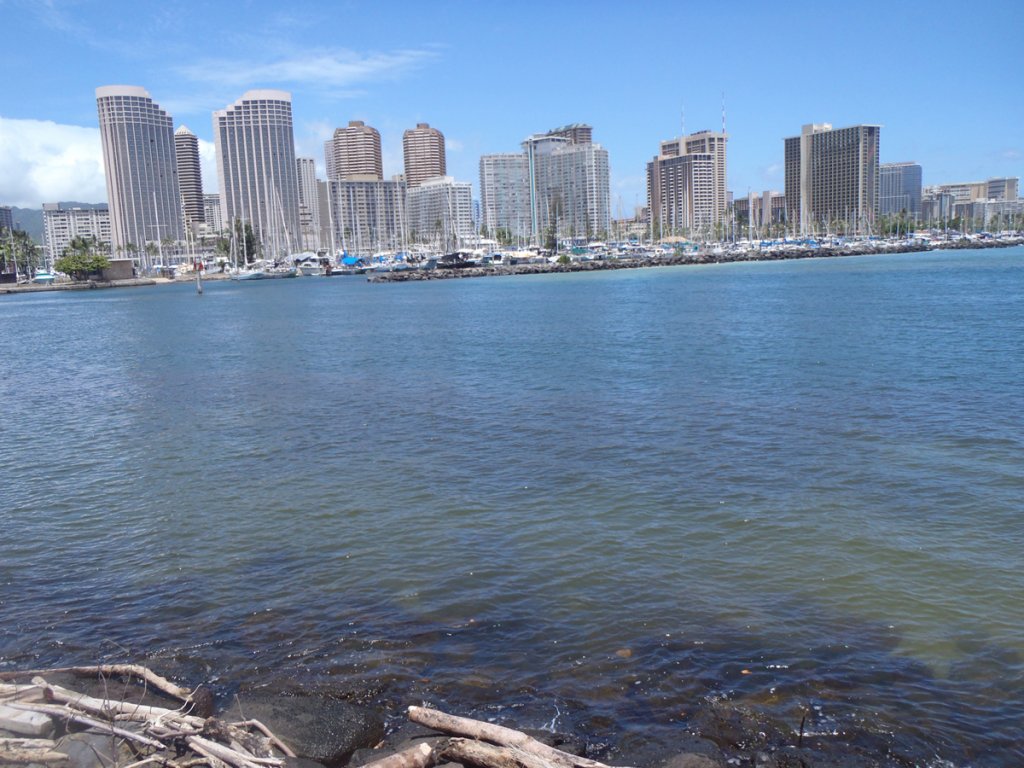Enabling real-time predictive modeling of microbial pathogen risk along the Honolulu shoreline
PRINCIPAL INVESTIGATOR: Craig Nelson
Co-INVESTIGATORS: Anna Neuheimer, Grieg Steward, Margaret McManus
Graduate Fellow: Jessica Bullington

Microbial pathogen contamination of coastal ecosystems in Hawaiʻi is a significant threat to both human and ecological health and can have major impacts on the economic stability of the state’s tourism-based economy. Monitoring water quality, including indicators of pathogen risk, is a resource intensive activity requiring highly technical training, laboratory facilities and extensive knowledge of the biology of microbial indicator organisms. The south shore of Oʻahu is one of the most visited coastal tourism areas in the United States with some of the highest instances of recreational waterborne disease, but limited resources and lack of well-studied indicator organism biology has left the region with very limited monitoring of water quality, particularly in the densely touristed Waikīkī beach and adjacent Ala Wai Canal. Here we propose to conduct high-resolution storm/tidal sampling of the Ala Wai Canal and adjacent coastal waters to parameterize an existing coastal oceanographic turbidity plume model with additional data on microbial pathogen growth, pathogen indicator abundances and chemical water quality, yielding a real-time predictive model of microbial pathogen risk easily applied and interpretable by health agencies and the general public.
Watch a podcast on this project here.

